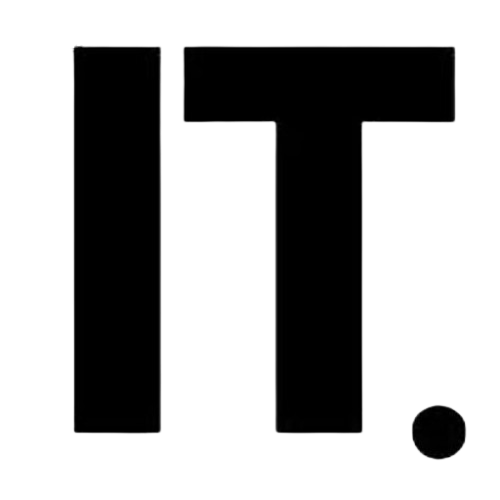So, let us just go right in. Work stress, huh? We’ve all experienced it: your to-do list appears to be an endless scroll, and no matter how early you get up, it’s already shouting at you. And how do you keep motivated every day? Sometimes it feels like running a marathon in flip-flops.
Contents
Understanding Workplace Stress
First and foremost, stress is not a monster under the bed. It’s genuine, it hits hard, and ignoring it only makes it sneakier. Some days it’s deadlines; other days it’s colleagues, expectations, or even your own overthinking brain that refuses to shut off. Honestly, there is no shame in admitting this. Everyone is dealing with this in their own messy, complicated way.
Stress does not simply evaporate when you close your laptop. It lingers in your head, sometimes in your chest, and sometimes in your dreams. Have you ever noticed how even the tiniest activities may feel impossible? Yes, that is stress playing tricks.
Signs that you are stressed
- Feeling perpetually exhausted, even after a full night’s sleep
- Irritability about small things
- Losing attention during a task
- Sudden cravings or loss of appetite
- That irritating inner voice saying, “You can’t do this”
Isn’t it wild? How our brains can transform something doable into a mountain.
Daily Motivation isn’t Magic
Here’s the thing: motivation isn’t some miraculous fountain you come across. It’s messy. Some days, it shows up in the morning with a coffee in hand, beaming as if it owns the day. Other days, it disappears, as if playing peek-a-boo.
I’ve seen individuals try all kinds of methods: sticky notes, vision boards, and affirmation apps. Some of it works; some of it does not. But here’s a basic truth — tiny, regular behaviors outperform huge gestures every time. Want to stay motivated daily? Begin small.
Habits That Really Help
- Morning routine that does not seem like a chore. Maybe tea, a 5-minute stretch, or simply staring out the window.
- Breaks that don’t involve looking via social media. Try walking, stretching, or doing a 2-minute breathing exercise.
- Celebrate small victories. Yes, sending an email counts.
- Maintain a reasonable to-do list. One that doesn’t make you want to cry by 9 a.m.
It’s alright to say “I can’t today” sometimes. We already glorify hustle culture too much anyway.
Managing Stress Like a Professional (Not really; just realistic.)
Now, I am not going to pretend that there is a one-size-fits-all approach. However, a few things do make a difference:
- Talk it out: Vent to a friend, family member, or someone who understands your situation.
- Set boundaries: Work emails do not need to interrupt dinnertime.
- Move your body: Even a brief walk will help reset your thinking.
- Mindfulness or meditation: It does not have to be fancy. Apps like Headspace India are a start.
- Prioritize sleep: Yep, that thing we all overlook.
Sometimes stress also means you need a little help. Online treatment services such as BetterLYF make it easy to communicate with someone without leaving your house.
Why Motivation Wavers
Have you ever felt unstoppable one day yet exhausted the next? That is normal. Motivation does not follow a linear pattern. Life is uncertain. Projects pile up, unexpected calls come in, traffic, errands, family — you know the routine. Don’t beat yourself up about it.
Instead, take notice. Adjust your expectations. Maybe today’s goal is to survive. That counts.
Making Peace with Stress and Motivation
Stress and motivation are unusual dancing partners. They sometimes clash, yet they also sync nicely. Accepting that both are fluctuating forces is beneficial. Some mornings, you’re ferocious and unstoppable; other mornings, you may simply sip tea in peace for an hour and be satisfied.
It’s about establishing modest everyday anchors that keep you grounded. Music that uplifts you, a brief gratitude diary, conversing with a friend, or simply sitting in silence for a bit.
Related: Sun Tan and Skin Health: What You Need to Know
Quick Tips That Do Not Sound Like a Motivational Poster
- Water. Drink it.
- Food. Eat actual food, not just nibbles.
- Laugh. Even if it’s to yourself.
- Move. Even if it’s only fidgeting.
- Disconnect. Sometimes the phone can wait.
All of these small things pile up. And no, it is not always flawless. But that is life.
Wrapping Up
Take a break at the end of the day, when emails have been sent, deadlines have been fulfilled or postponed, and your brain is exhausted. Consider journaling a line, breathing, or simply looking outside. Recognize the tension, celebrate the minor victories, and promise yourself that you’ll show up again tomorrow — not flawlessly, but sincerely.
Life is too short for perfection. Managing work stress and staying motivated daily does not involve any magic formulas. It is about being honest, taking modest steps, and allowing yourself to feel human.
Don’t miss: How Yoga Prevents Lifestyle Diseases Naturally
FAQs:
Q1: How can I properly manage work-related stress?
A1: Small, consistent routines like short breaks, talking to someone, mindful breathing, and setting boundaries help manage stress efficiently.
Q2: What are simple strategies to stay motivated daily?
A2: Recognize small victories, maintain a realistic to-do list, practice a morning ritual, and engage in energizing activities.
Q3: Can mindfulness really help with work stress?
A3: Yes, even short daily mindfulness exercises or guided apps can reduce stress and improve focus.
Q4: How crucial is sleep in managing work stress?
A4: Very important. Adequate sleep regulates emotions, enhances decision-making, and boosts productivity.
Q5: Is it worthwhile to seek professional or online therapy?
A5: Absolutely. Platforms like BetterLYF and Headspace India provide accessible guidance for stress management and mental health.
This blog is for informational purposes only and should not replace professional advice. Always seek tailored guidance from a healthcare or mental health expert.
If you liked this content, please leave a comment below the blog. Stay tuned to inthrive.in for more interesting tales.






2 Comments